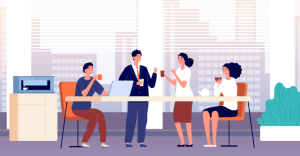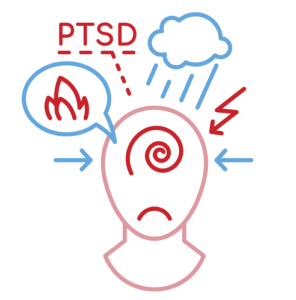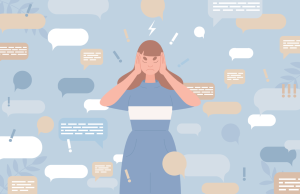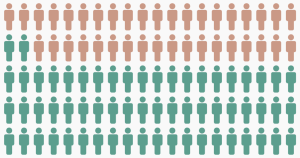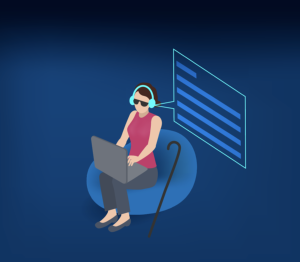The rapid growth of the STEM workforce has left out individuals with disabilities, according to reports by the Bureau of Labor Statistics, Pew Research Center, and Education Week. Community colleges play a critical role in the effort to broaden access in STEM education and careers to be inclusive of students and job seekers with disabilities.
CAST, the education nonprofit organization that pioneered the Universal Design for Learning (UDL) framework, collaborated with the National Science Foundation Advanced Technological Education (NSF ATE) community to develop a series of case studies documenting strategies for implementation of UDL and accessibility best practices in community and technical colleges. The NSF ATE Central grant, Advanced Technological Education: Making Community College Technician Education More Accessible for Everyone (AccessATE), provides grantees with the tools and knowledge to increase the accessibility and usability of their resources and activities. As a partner in this grant, CAST is providing technical assistance on accessibility and UDL for ATE Centers and ATE research grants.
UDL is a method for addressing learner variability by providing...





